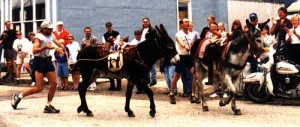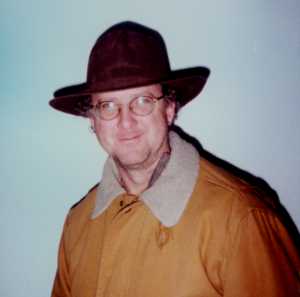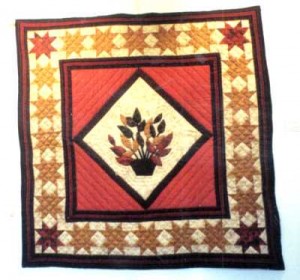Letter from Meezie And Dick Stacy
Local lore – March 2004 – Colorado Central Magazine
Dear Mr. & Mrs. Quillen,
Last week I received your subscription-renewal postcard for Colorado Central, which I immediately returned, along with my check for $20. On that card there was a blurb about a bighorn sheep that was shot near Spikebuck in 1807. This reminded me of a humorous story that my wife, Mary Louise (Meezie) once told me about Spikebuck, as we passed the railroad junction box so labeled while driving along the Arkansas River on our way to Cañon City. I thought that the story might interest you, so I asked her to write it up for me and here it is:
“Many, many years ago, I attended a college for girls in Columbia, Missouri called Stephens College. Most of the girls in this Midwest institute of higher learning were from the east and south with quite a few from the central United States. There was always a lot of conversation about where you came from and about what happens in your part of the U.S.
“I admit that I had a bit (or more) of orneriness in my system so I came up with big stories about the wild west. I told my college friends that I came from Spikebuck, Colorado. Now this name just popped into my mind because I’d seen that tiny wooden shed along the Arkansas River, next to the Denver & Rio Grande railroad tracks between Salida and Cañon City. Most people who live in the Colorado Rockies know the town names of Salida and the state prison town of Cañon City, but goodness …. how many citizens of the highest state in the union know where Spikebuck is?
“As if Spikebuck wasn’t bad enough, I would embellish my stories with accounts of Indians coming into town (I really lived in Cañon City) and how we hid in the closet when they came. No Indians ever really disturbed us, but an escaped convict loose in town and bloodhounds going by our house kept things lively.”
Now Meezie and I would like to find out if there ever really was a town there, and if so, what it was for. Most Colorado towns sprang up from mining, agriculture or railroad stops, but this spot along the rails has no room for crops due to the high granite cliffs on the north and the Arkansas River on the south. Does anyone know how that shed along the railroad tracks got its name?
Best regards,
Meezie & Dick Stacy
Montrose



